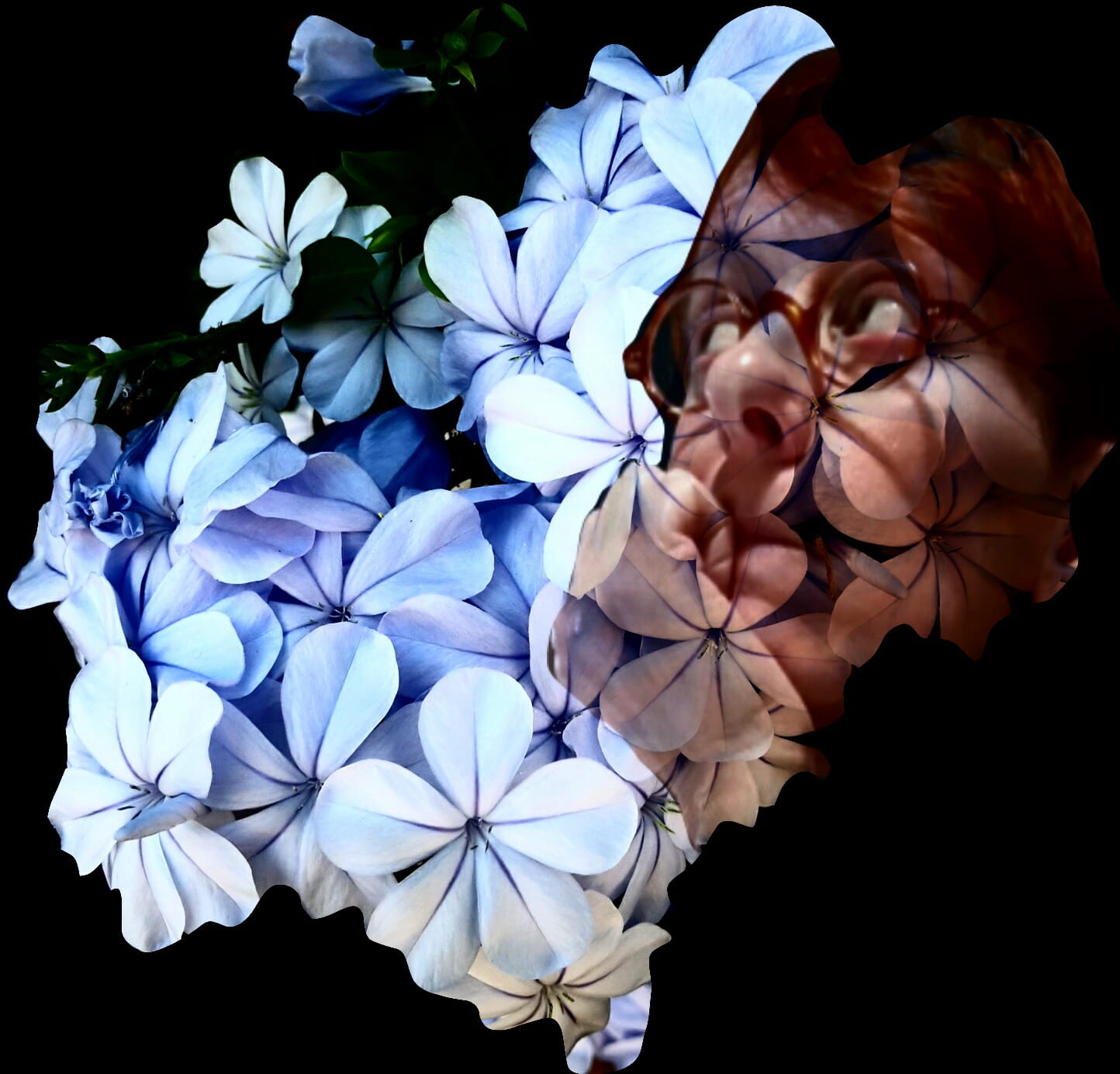 By Holly B.F. Warren (Atelierista and creator of the Think Tank)
By Holly B.F. Warren (Atelierista and creator of the Think Tank)
When the mind wanders, it errs: It goes astray and on its way it stumbles on mistakes. Or are they mistakes? Could they be mischievous insights that could kindle and sustain imagination? How? By looking at them from a different perspective. Turning them upside down and inside out.
Err, be in motion, wander around. (“Online Etymology Dictionary,” 2020)
Have you noticed that children (us, a while ago) look at things by moving their heads to the side, tilting their view, lying down, and walking around? The Think Tank defines this as Multi-Perspectives. Not one side of the story, but many. A mistake does not turn into a mistake unless it is proved by something or someone.
Time will tell, says the common language that is our legacy of wisdom. But how long is time? Our time, calculated time? The tick tock of a clock that sets us on our feet, that sets the pace and proves if we are late, early, or on time.
However, imagination is timeless. It sets its own time, pace, and evolution. It is accepting and encompassing, embracing, and comforting. It can also be scary, illusionary, and destructive. We give it the power of creating our mental environments.
Imagination creates intersections and connections allowing us to see new combinations of ideas (Csikszentmihalyi, 2015).
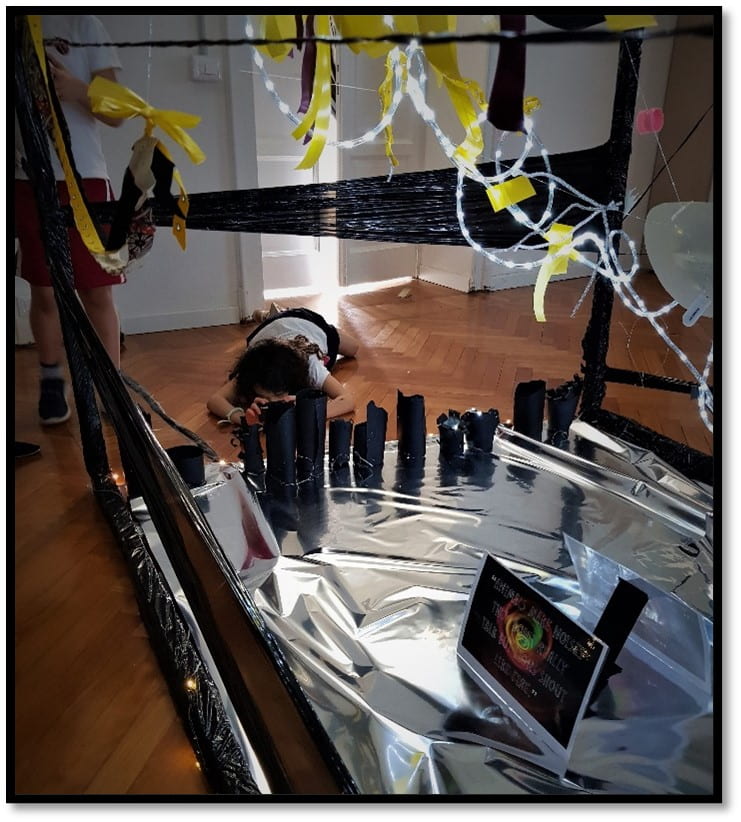
As adults we often need guidelines to follow. A goal to reach and clear stepping stones to walk over the troubled waters of a new or enlarged vision.
Flexibility in body and mind can help to step inside our imagination and gain new perspectives.
Try touching your toes. Can you reach? How far does it take to get there? If you can touch your toes, go further and stay in the position. It might help to see the world upside down.
Change the way you comb your hair, the way to work, how you set the table, the colours you wear the word you use, the way you sit, try a cubist approach. Reach further and reach out.
Why not try taking a walk and, while you walk, visualize that you are walking through your imagination as you go through your thoughts. These thoughts could be actual, and they might be fabricated, or they might be a combination of both as two might be better than one. Whatever the nature of these thoughts, if you reflect on them you might see that wandering and erring allows us to tumble on mistakes that are interesting truths that reflect where we are.
Doodling can be another way of navigating our imagination. Here, our feet are in our pens and paints, allowing us to leave our pens (fenced areas) and illustrate our souls.
Read and while you read let your mind wander, allowing it to read in between the lines. Let it jump, run, and somersault over the printed text, creating mental compositions that could later fall like rain on paper and fill pages with imaginative restorative showers.
Here are some more activities that could encourage our pursuit of imagination…
- Colouring in.
- Kicking stones.
- Sky gazing.
- Hair twitching.
- Flying a kite.
- Automatic drawing.
- People watching.
- Listening to music and natural sounds.
- Thinking.
- Cooking.
- Jogging.
- Flicking through magazines.
How can we follow the pursuit of imagination as teachers/educators/mentors? As fulfilled individuals? Our personal journeys might make us joyful, happy, accomplished, serene, thoughtful, and creative teachers as these characteristics pour into our teaching lives and spill into our work. Seeing life with the eyes of imagination paints a wonderful picture that we are quite happy to share even when we least expect it. Our audience is not our reflection, as when we are wrapped in our thoughts, but it is the students that create our day.
Embrace the feeling of the creative awe and nourish curiosity. How do our students’ minds wander? What gets in their way? Do they go astray? Do hormones get in the way? Different ages will be on different paths with different learning journeys but maybe what could be a constant is the fascination of imagination and how it brings solace through possibility.
How do students pursue imagination? Maybe through the boundaries that are created in their environment and culture, but children wander and wonder. Watch them as they play with life and in life. Looking at it with the eyes of a newbie.
“ …in the process of emancipating themselves into enormous humans, replete with photon detectors, multi-jointed appendages, pressure sensors, blood pumps, and machinery for metabolizing power from all around them.” (Eagleman, 2020)
Maybe if we learn from children and see with their eyes as we used to we might learn to be the unique being we are in the pursuit of imagination and happiness no matter how slow this might be and when we can do it.
Picasso’s way can lead the way:
“It takes a very long time to become young.”
“Others have seen what is and asked why. I have seen what could be and asked why not.”
“To draw, you must close your eyes and sing.”
Young minds wander. They meticulously observe their environment and flow with it. They explore experiment, question, research, investigate, question, fail without distress and move on creating subtle visions and possible narratives of the possible. See the world through the eyes of the child you once were.
Let your Mind Wander. See with the eyes of the a child.
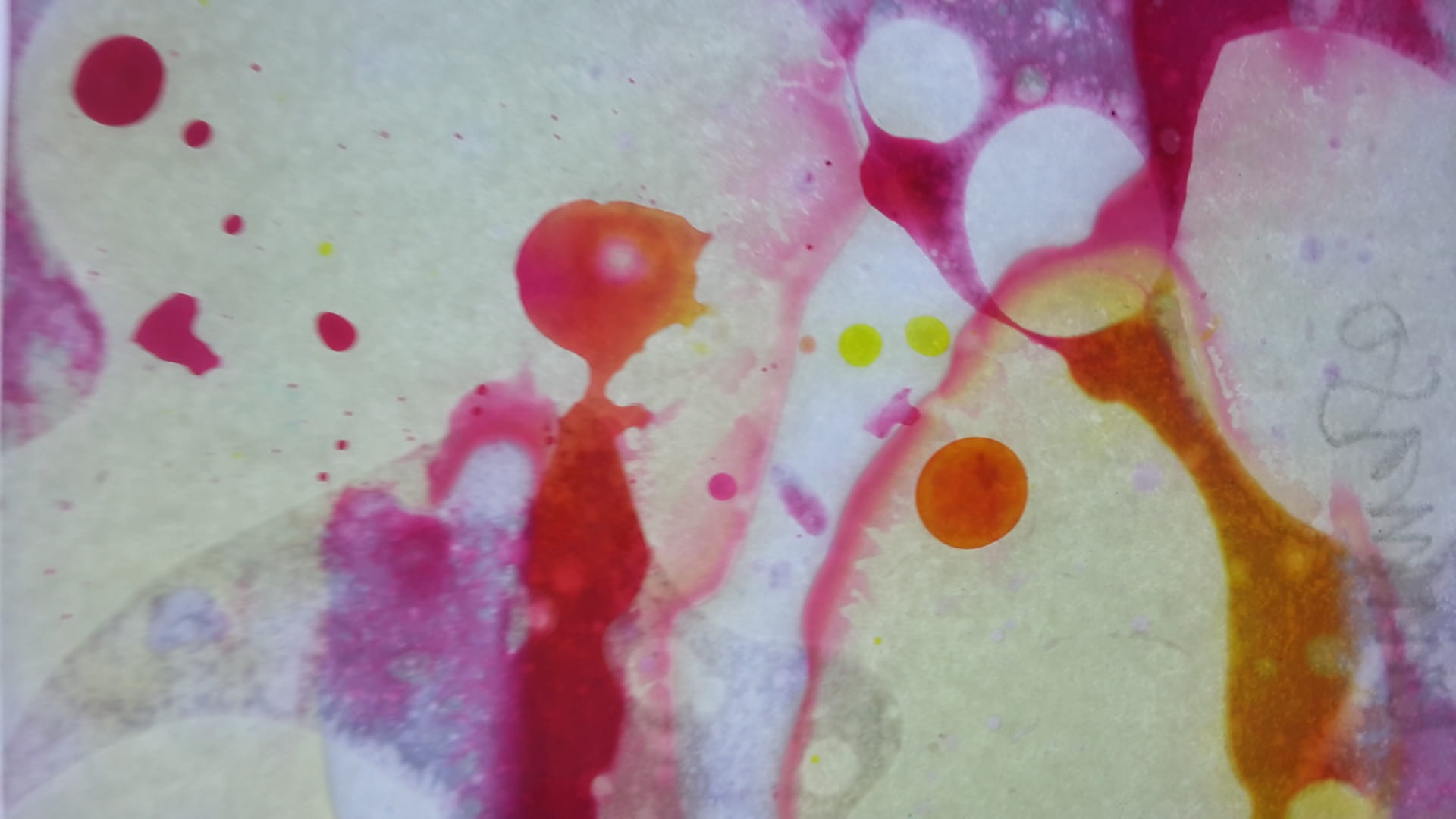
- Creativity is an instinct. Unleash it.
- Observe children at work. They carry our ancestral knowledge.
- Treasure and celebrate children’s (our) concepts and theories. They reveal our learning path.
- Take your mind and a line for a walk.
- Follow your inner and deeper intuitions. They can reveal great things.
- Your brain is a mighty machine.
- Fail and start again. The path is rarely straight.
- Review, rewind, rewire.
- Let your mind wander.
- It knows where to go.
Children seem to manifest a nimble and wide-spanning ease in producing striking pieces of artwork. Taking a closer look at the process of mark making, it seems that they are not a tabula rasa but an unfurling of an ancestral ability that has lied dormant and now awakens as the gestures of visual representation emerge. Carl Jung’s creative instinct (van den Berk, 2012) shows how this impulse is rooted inside each individual and makes its way from deep inside the human psyche to then surface and blossom. Furthermore, he illustrates this concept by stating that the artist reaches down into his/her roots and works like an alchemist transmuting the drive into artwork.
It has been proven that young children are able to produce striking pieces of artwork that are aesthetically pleasing and can reflect the high quality of their production. However, with time, this creative drive falls asleep. A curtain is drawn. In most cases no more light shines through and the earlier dynamic phase is obscured. Creativity is stolen by evaluation, rewards, competition, over control, restricting choice and compliance.
Revisit your childhood vision where the impossible was possible. Stay tuned to being a newbie with a curious mind, the eyes of an eagle and the skin of a chameleon.
References
Csikszentmihalyi, M. (2015). Creativity (p. 9). Harper Perennial Modern Classics.
Eagleman, D. (2020). Livewired (p. 3). Canongate books Ltd, Edinburgh.
err | Origin and meaning of err by Online Etymology Dictionary. Etymonline.com. (2020). Retrieved 28 November 2020, from https://www.etymonline.com/word/err
What is the Think Tank?
 The Think Tank (Warren, 2019) environment is a setting created to celebrate, stimulate, enhance and develop creativity through connections. It is designed by the students and the atelierista/art studio teacher. Initially inspired by Loris Malaguzzi’s educational approach, where the child freely expresses his/her ideas, interests, concepts and theories and sets the ground for exploratory adventures. It has evolved into what the children have described as “the place where your ideas come true.”
The Think Tank (Warren, 2019) environment is a setting created to celebrate, stimulate, enhance and develop creativity through connections. It is designed by the students and the atelierista/art studio teacher. Initially inspired by Loris Malaguzzi’s educational approach, where the child freely expresses his/her ideas, interests, concepts and theories and sets the ground for exploratory adventures. It has evolved into what the children have described as “the place where your ideas come true.”
To find out more, come join Holly B.F. Warren in her journey with students in the Think Tank projects included below…
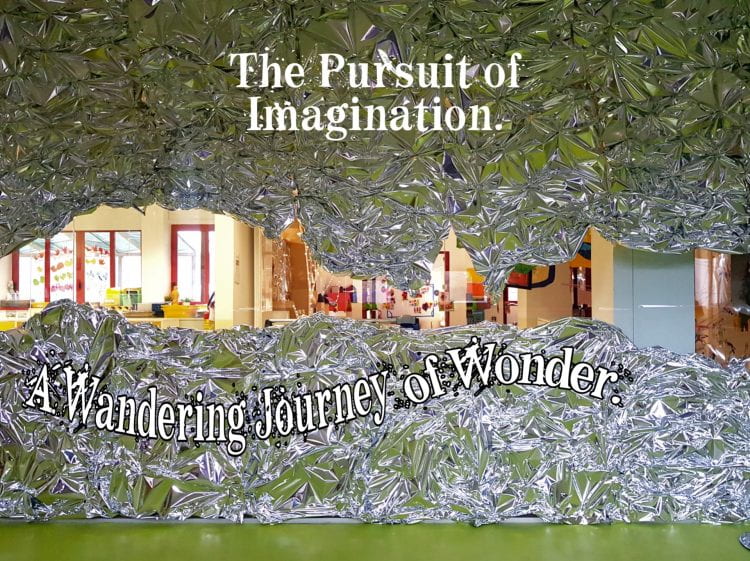
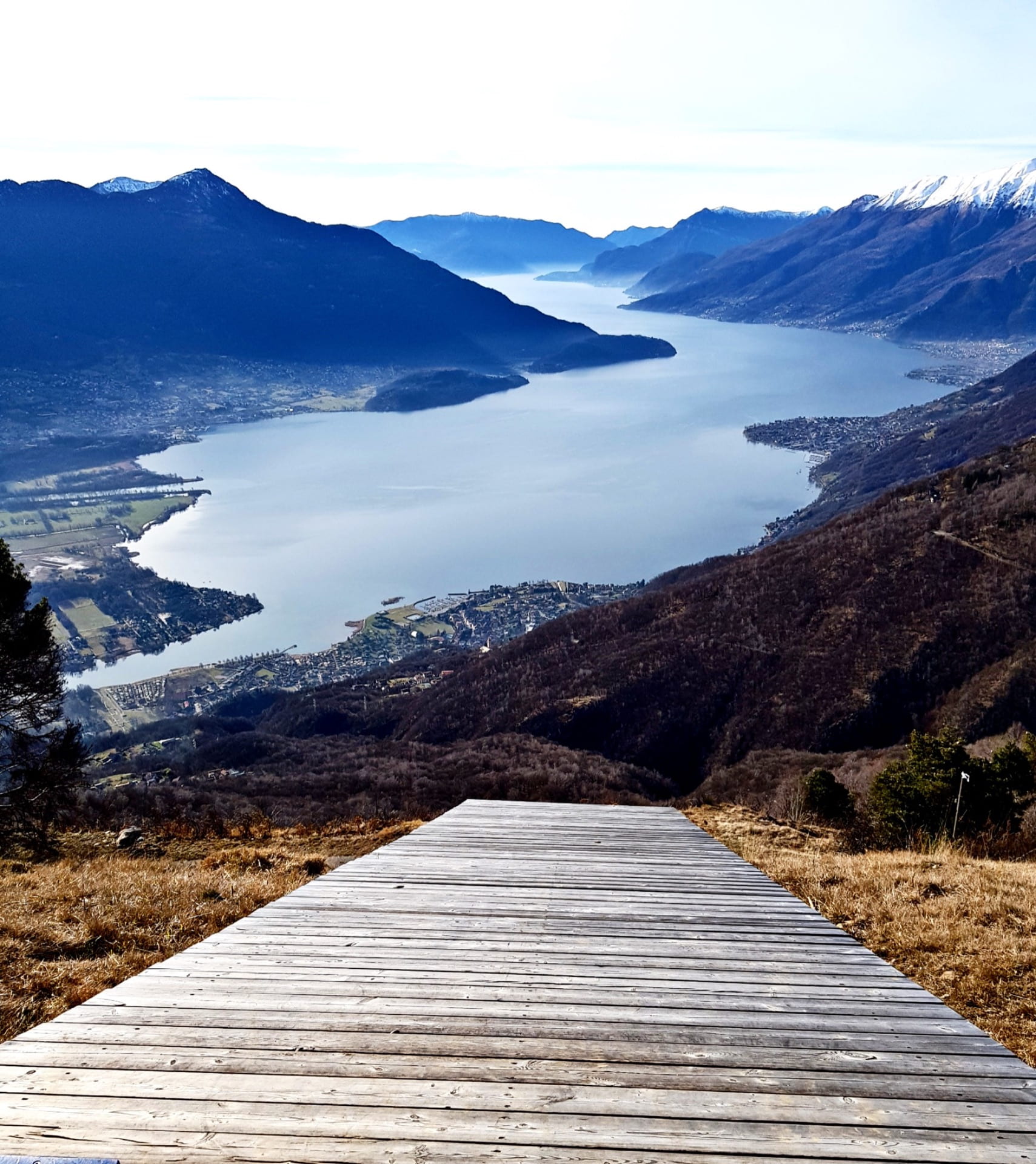

What a wonderful article, thankyou for opening my mind to possibility.
Thanks so much and so sorry for the late late reply.